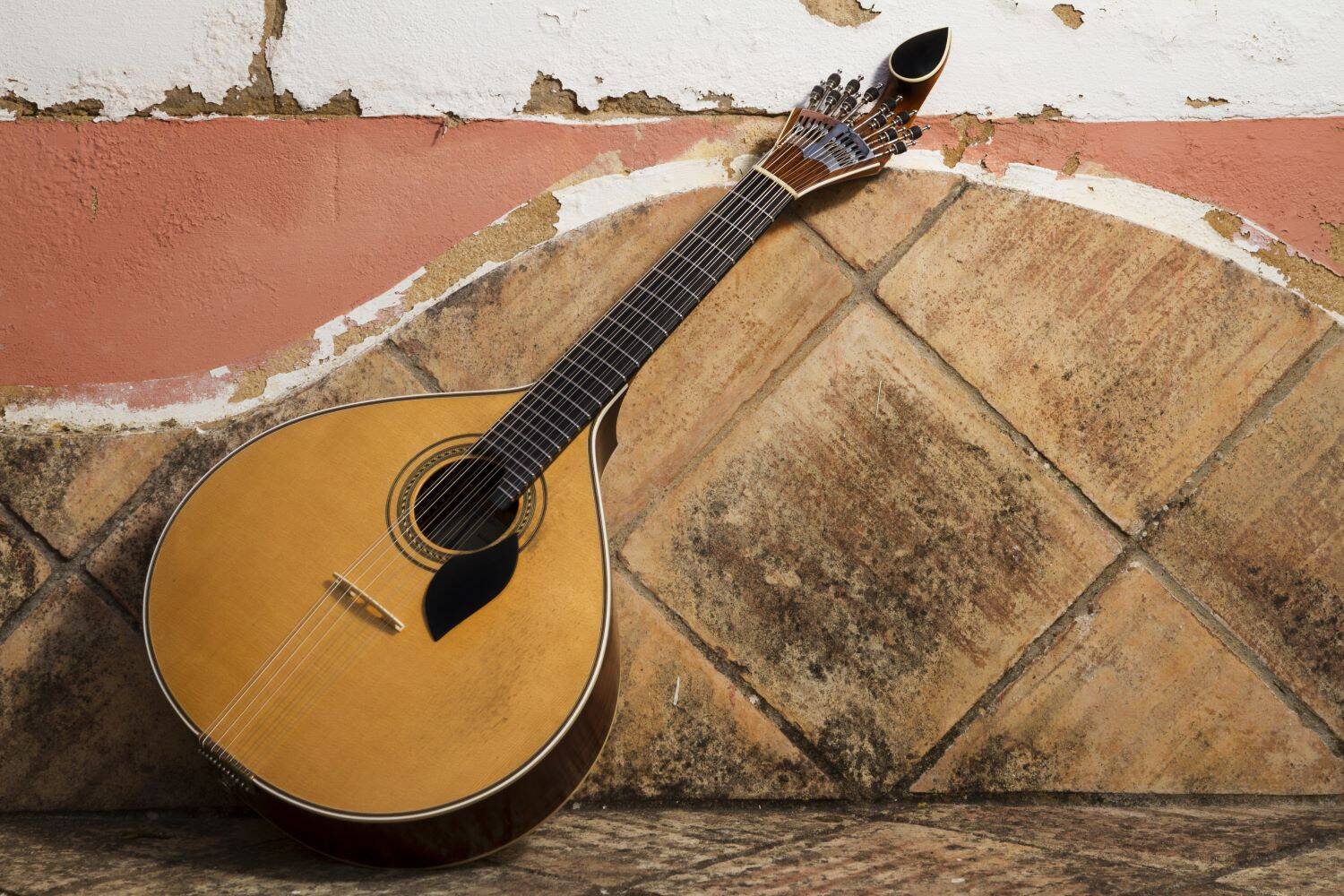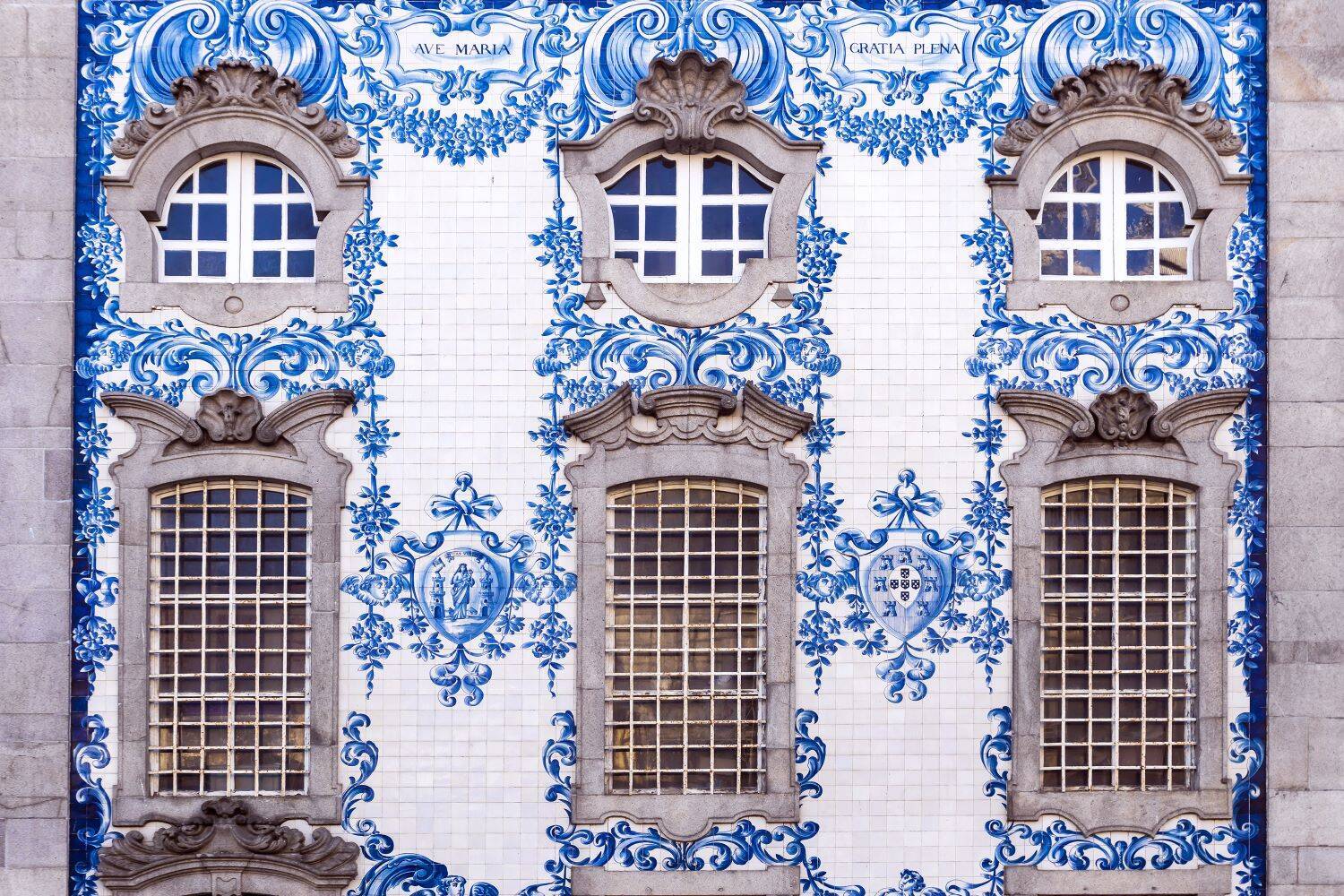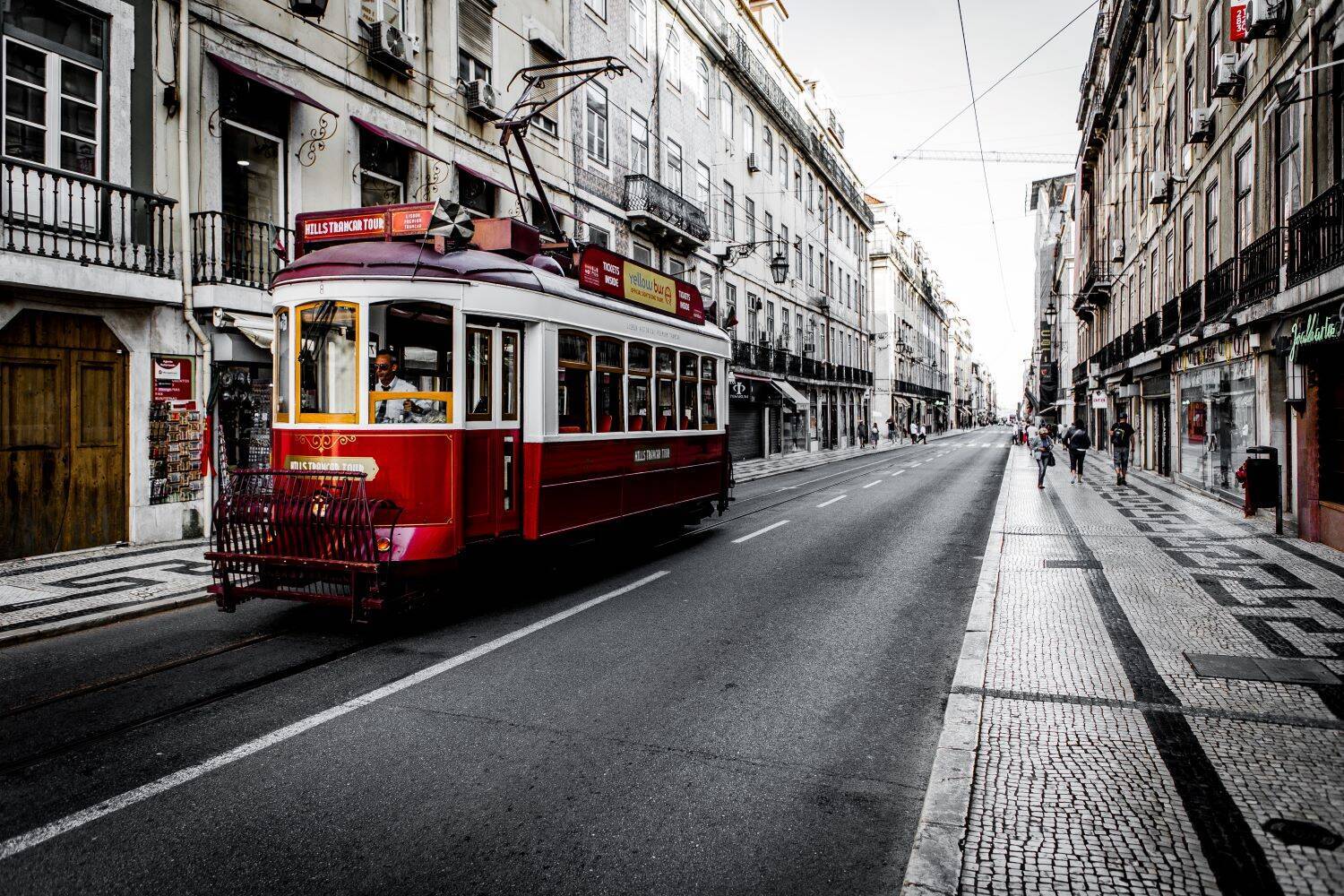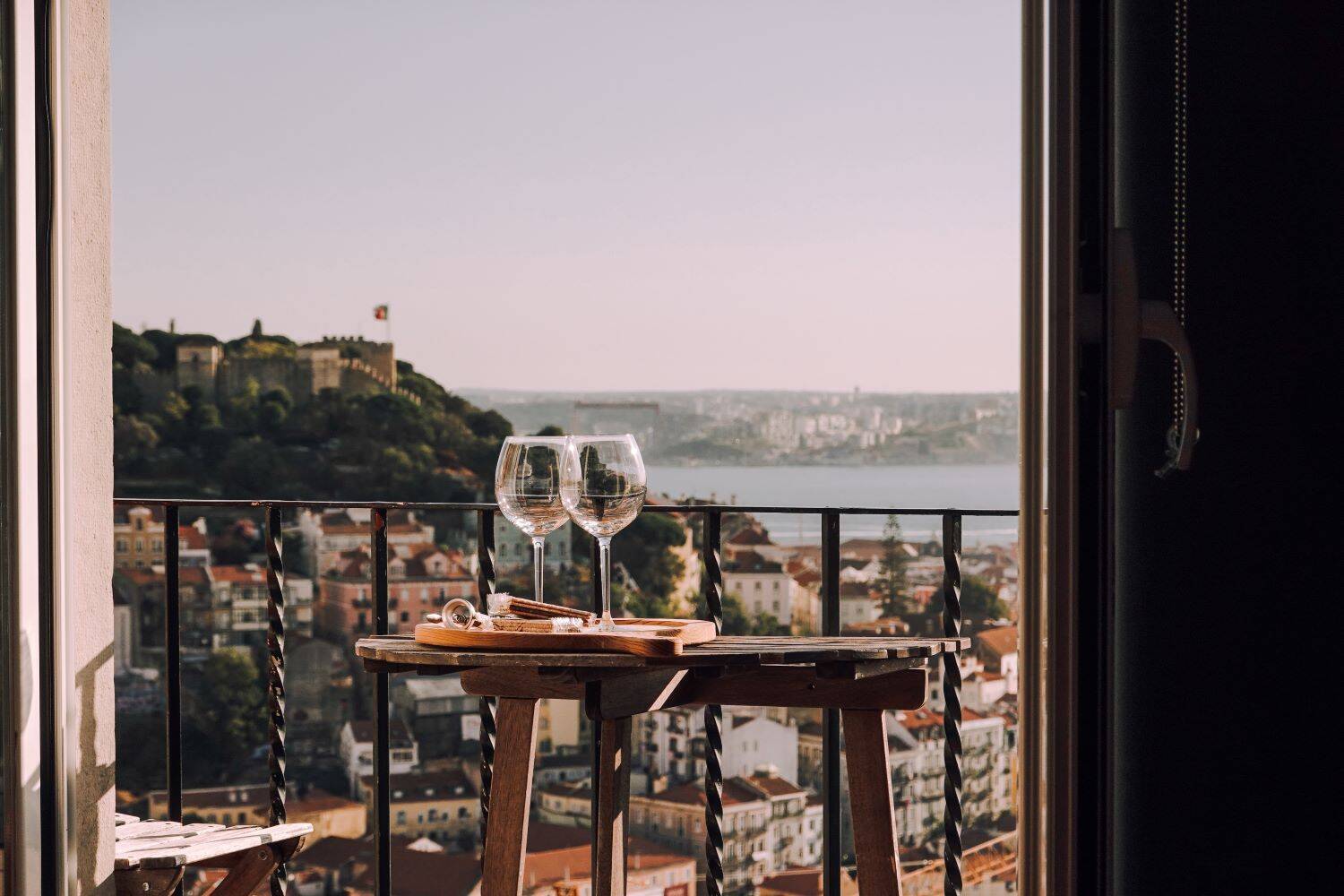Fado – the unique sound of Portugal
Characterised by mystical, emotional lyrics accompanied by sombre guitar music, this is the national folk style music of Portugal. For many years, it was even slyly subversive in content and was sometimes censored by the government. Fado singers and musicians can often be heard performing in cafes and bars, or in plazas during the evening. Head over to the Fado Museum to discover its story, and what makes it unique before visiting some of the fado bars around the Alfama district. The most famous of these is the Clube de Fado offering the opportunity to dine on traditional Portuguese cuisine while listening to Fado music. Worth considering are the guided tours of the Fado district accompanied by a Fado singer who can explain the details of the lyrics and music.














Comments